Description
Hot melt edge banding glue is a versatile adhesive that may be used for a variety of applications, including edge banding with PVC, melamine, ABS, acrylic, and wood veneer. Hot melt is an excellent choice because it is inexpensive, reusable, and simple to use.
Use of Edge Banding Glue
When using edge banding adhesive, especially hot melt adhesive, it is crucial to adhere to specific standards and requirements to ensure optimal bonding effectiveness and product quality. Here are the specific requirements for hot melt adhesive regarding substrates and edge banding materials:
1. Moisture Control of the Substrate
The moisture content of the edge banding substrate should be kept below 12%. If the moisture content is too high, it can severely affect the bonding effectiveness. Moist substrates may prevent the adhesive from properly penetrating and bonding, leading to the edge banding peeling off or warping. Therefore, it is essential to adequately dry the substrate before edge banding to ensure its moisture content meets the standards.
2. Quality of PVC Edge Banding Adhesive
The adhesive on the back of the PVC edge banding must meet quality standards. If the adhesive is subpar, it may result in the edge banding not adhering firmly to the substrate, causing looseness or detachment. Choosing high-quality edge banding and adhesive is key to ensuring effective edge bonding.
3. Treatment of Oily Substrates
When using oily substrates, it is necessary to perform a degreasing treatment. Oil residues on the surface of oily substrates can affect the adhesive’s bonding strength, leading to insecure edge bonding and potential peeling. Therefore, it is essential to ensure that the substrate surface is thoroughly cleaned and free of grease before applying the adhesive.
4. Solvent Resistance of EVA Hot Melt Adhesive
EVA hot melt adhesive is not solvent-resistant, and companies involved in edge banding wood pieces must exercise caution during staining and spraying processes. Excessive solvent infiltration into the adhesive layer can dilute the hot melt adhesive, reducing its bonding performance and potentially causing edge peeling. It is advisable to avoid direct contact of solvents with the adhesive layer and to control the amount of solvent used to maintain the adhesive’s effectiveness and durability.
By following these usage requirements, you can significantly improve the bonding effectiveness of edge banding adhesive and ensure the quality and durability of the final product. For the furniture manufacturing and woodworking industries, understanding and strictly adhering to these standards is crucial to effectively prevent quality issues in the future.
Classification of Hot Melt Edge Banding Glue Colors
Hot melt glue can be classified into several color categories based on different application needs and material characteristics:
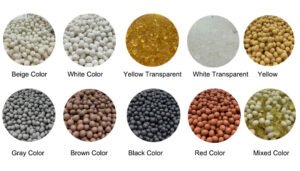
Selecting the appropriate color of hot melt glue not only meets bonding performance requirements but also enhances the aesthetic quality of the final product. When choosing, consider the application scenario, material type, and desired visual effects to ensure optimal bonding results and appearance.
Luyao Hot Melt Glue Certification

In practical application, hot melt adhesive is processed using specialized edge banding machines. First, the adhesive strips are heated within the machine until they melt, transforming into a viscous state. This process requires precise temperature control to ensure the adhesive achieves optimal bonding performance. Next, the molten adhesive is evenly applied to the back of the edge banding.
The edge banding is then quickly pressed against the edge of the engineered wood panel, forming a tight bond. Through the application of pressure, the hot melt adhesive rapidly solidifies upon cooling, ensuring that the edge banding is securely fixed to the substrate. This process not only enhances the strength and durability of the edge banding but also effectively prevents moisture and dirt infiltration, extending the lifespan of the furniture.
Overall, the use of hot melt adhesive significantly improves the quality and appearance of engineered wood furniture, making the edge banding process more efficient and reliable. Whether in large-scale applications on production lines or in small woodworking projects, hot melt adhesive is an indispensable material.














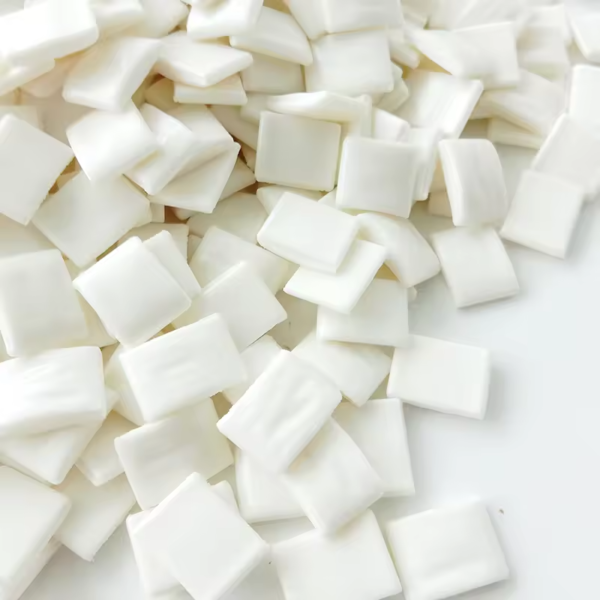

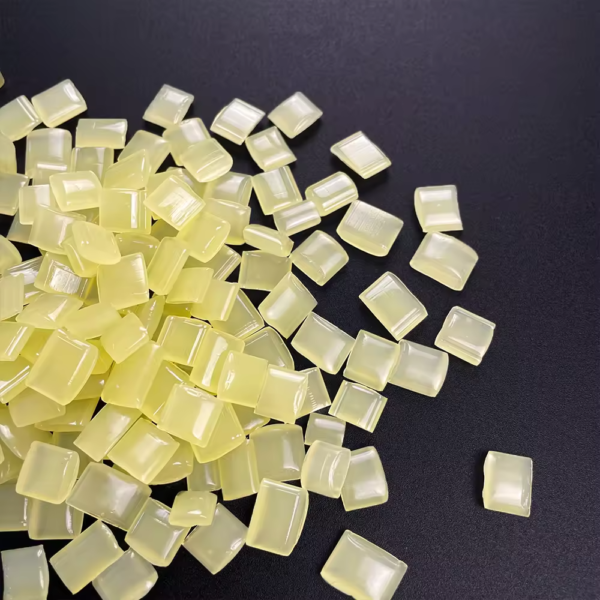


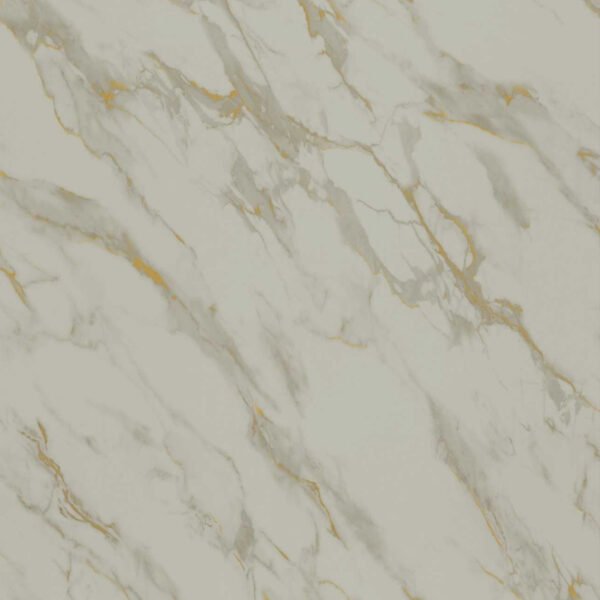

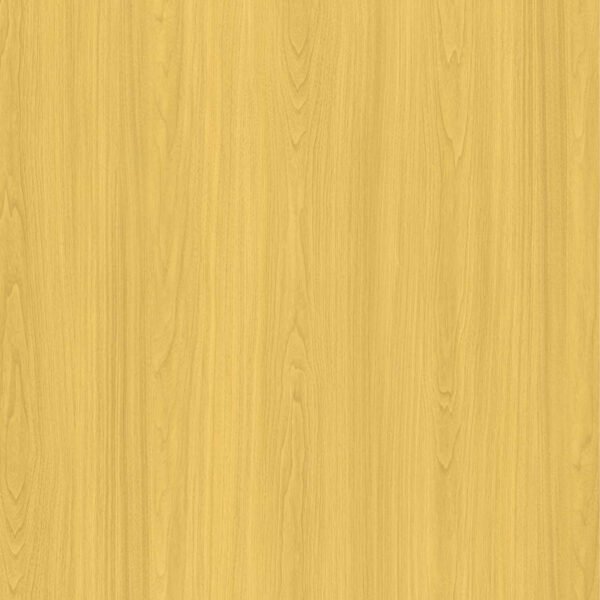

Reviews
There are no reviews yet.